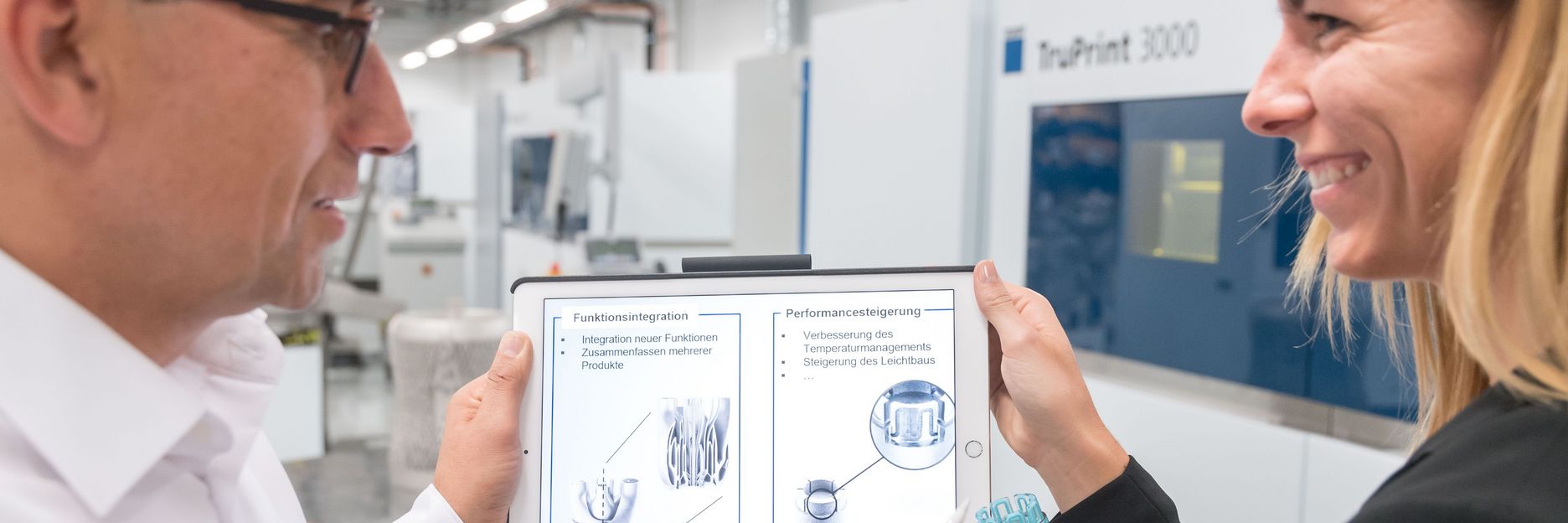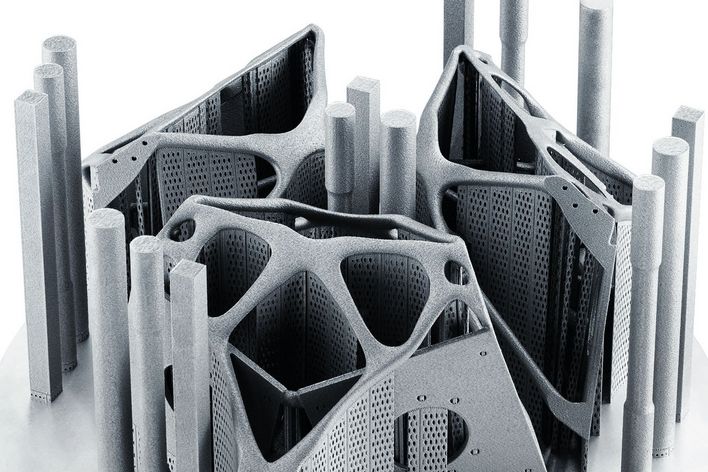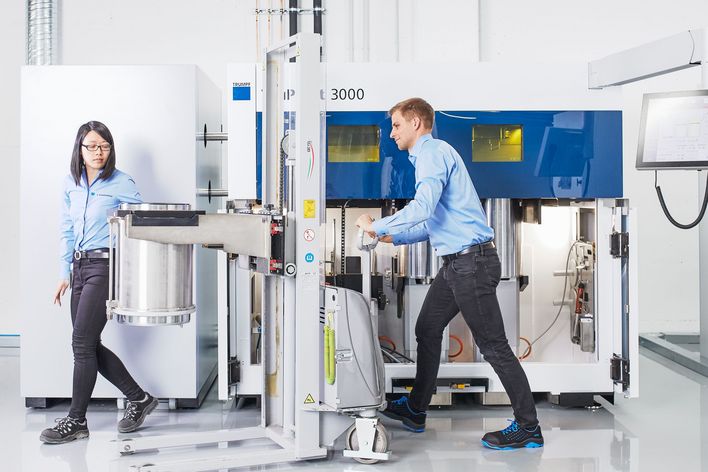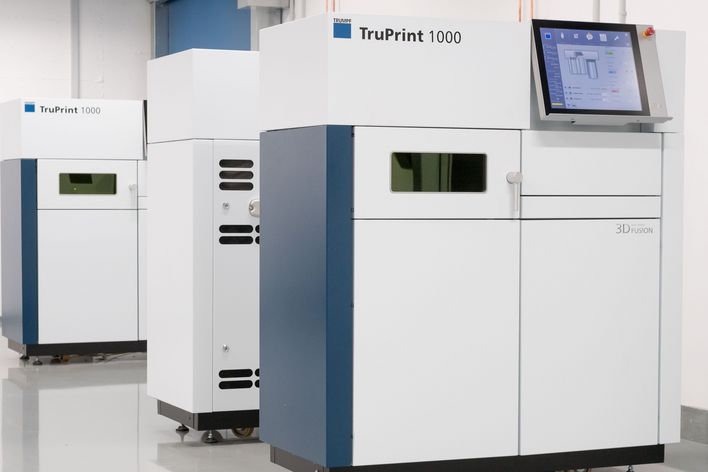Mr Doerr, what are the advantages of additive technologies in tool and mold making?
We can use AM to manufacture cooling channels that run parallel to the tool wall. This allows us to dissipate the heat more efficiently during the production process. With conventional methods such as milling or drilling, we can’t get the drill into all the right places because we can’t drill around corners. With 3D printed channels, the cycle time is reduced due to faster cooling of the component. In many cases, quality also improves because parts are less prone to distortion. What’s more, faster cooling results in more homogenous material properties, ultimately making parts more resilient.
How quickly have manufactures adopted additive technologies?
In Germany, the sector is only just out of the starting gate. Smaller companies in particular are wary of investment costs. They also lack the necessary expertise in 3D design. Manufacturers from the USA have already built up a strong lead. Only recently, I made a tour of American tool and mold makers and was impressed with how they are exploiting the strengths of 3D printing. German manufacturers should start to think "additively" and utilize the huge potential, otherwise they may be left behind.
Why are German manufacturers reluctant to adopt AM?
As with every new technology, the industrial sector had many questions at the beginning. For instance, the 3D printed cooling channels often got clogged due to the excessively high lime and salt content in the cooling water. Today we know how to prevent this with special filters or by treating the water. Toolmakers are not the only ones profiting from 3D printing, their customers, the molders, are as well. The longer they put off spending money on this new technology and using it, the longer it will take for the breakthrough. It is necessary to rethink this. Ultimately, it benefits the entire sector.
What is your advice for companies who are thinking of using this technology?
Just do it! Our TruPrint 1000 printer is an ideal entry-level model and is easy to install and operate. It is particularly suitable for small injection mold inserts such as those used for plastic connectors in the electronics industry. At TRUMPF, we also offer training in 3D design. We can supply the powder and parameters for each application directly, making it even easier for companies to adopt this new technology.
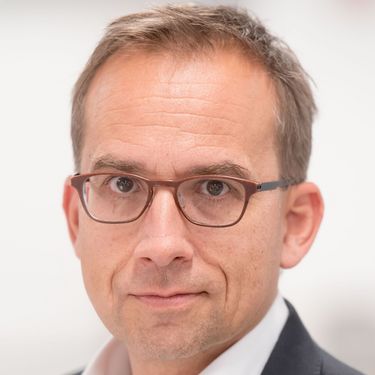
Christoph Doerr works in industry sector management for tool and mold making in additive manufacturing at TRUMPF.

